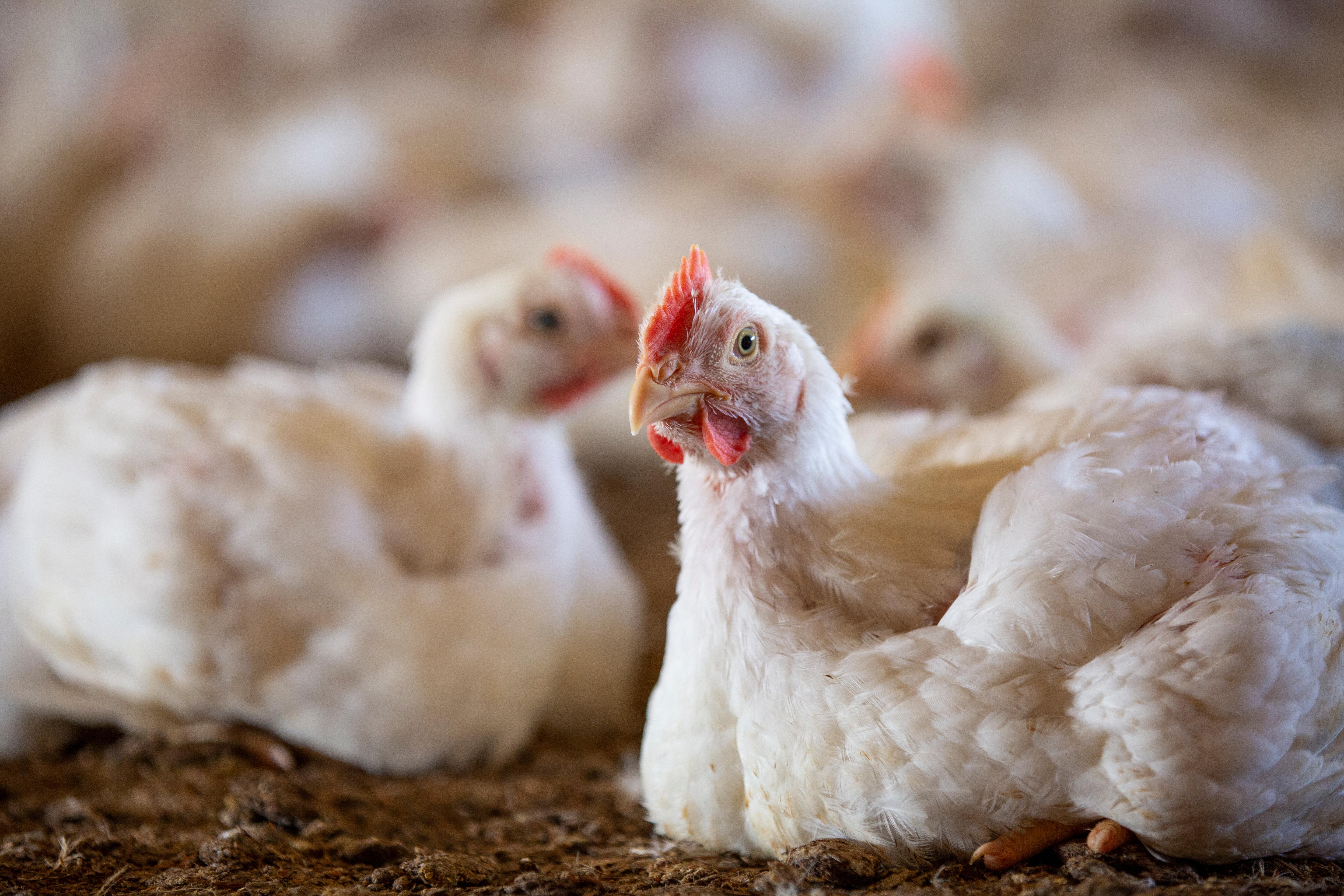Research roundup: Can the bacterial differences in broiler chicken litter associated with Campylobacter lead to a mitigation strategy?
July 20, 2021

The composition of the microbiome of chicken bedding in commercial farms differed among samples depending on whether the bacteria Campylobacter was present in the bedding (called broiler litter), according to new University of Minnesota College of Veterinary Medicine research published in May in Frontiers in Veterinary Science.
Campylobacter is a leading source of bacterial diarrhea among humans in the United States, causing an estimated 1.5 million illnesses each year, according to the Centers for Disease Control. Broiler chickens are often carriers.
To date, interactions between Campylobacter and other bacteria in the broiler litter microbiome remain largely unexplored. A team of researchers led by Randall Singer, DVM, PhD, and his PhD student Robert Valeris Chacin, DVM, conducted a matched case-control study of samples collected from six commercial chicken operations. Researchers tested boot-sock samples for the presence of Campylobacter; positive samples were the case group and negative samples were control. Composite broiler litter samples were collected for DNA extraction and sequencing. Samples of the litter microbiome testing positive for the bacterium differed in complex ways from those testing negative.
Among 20 types of bacteria detected in both samples, the presence of two of them—Clostridium and Anaerostipes—was significantly higher in samples that included Campylobacter; the presence of three bacteria—Bifidobacterium, Anaerosporobacter, and Stenotrophomonas—was significantly lower. The researchers say that finding indicates those three bacteria could potentially be used as part of a pre-harvest pre- or probiotic strategy to reduce the spread of Campylobacter within flocks.
There’s a strong, complex correlation between the microbes of broiler litter and of the chicken gut, in part because chickens tend to eat their own feces—and fecal matter is a significant component of broiler litter. As such, the researchers say, future studies should focus on both the gut and litter microbiomes simultaneously with flocks in commercial settings.
Read the paper here.


